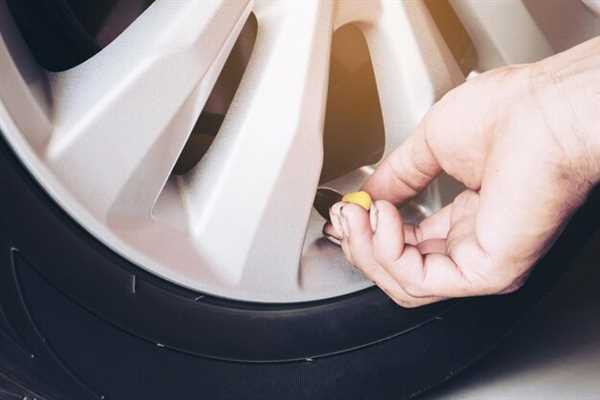
Reduce your speed considerably; wet surfaces reduce tire traction, making higher speeds dangerous. Aim for at least 5-10 mph below the speed limit to maintain control.
Increase the following distance between your vehicle and the one ahead. A minimum of 4 seconds is recommended to allow ample time to react to sudden stops or skids.
Utilize headlights wisely; visibility can diminish significantly in downpours. Use low beams rather than high beams to prevent glare and ensure you can see and be seen by others.
Be cautious with braking; sudden stops can lead to hydroplaning. Apply brakes gently and early to avoid losing control.
Stay vigilant for puddles and standing water. Hydroplaning can occur at speeds as low as 30 mph. If you do find yourself hydroplaning, steer straight and do not panic; easing off the gas can help regain traction.
Check your tires regularly. Tread depth plays a crucial role in water displacement. Ensure tires have adequate tread to maintain grip on slick surfaces.
Avoid using cruise control during wet weather. This mode can lead to unexpected acceleration in slippery conditions.
Always use windshield wipers in proper condition. Cracked or worn blades hinder visibility; replace them if they leave streaks or miss areas on the windshield.
Maintain focus on the road; distractions can be more dangerous in adverse weather. Keep your phone off and minimize other distractions while driving.
Anticipate the unexpected; other drivers may not adjust their driving habits in rain. Be alert for erratic movements of surrounding vehicles.
Adjusting Your Speed and Following Distance
Reduce your velocity significantly to maintain control on slick surfaces. Aim for at least half the speed limit in low visibility situations, while being mindful of stopping distances. Allow at least twice the normal space between vehicles to account for longer braking times. Use your vehicle’s headlights to enhance visibility and signal your presence to others.
Anticipate potential hazards, such as standing water, which can cause hydroplaning. If you experience a loss of traction, ease off the accelerator and steer gently. Maintaining a steady pace reduces the likelihood of skidding or losing control.
Monitor the reactions of other vehicles and adjust accordingly. Keep a safe gap to provide ample room for sudden stops or changes in traffic conditions. Regularly check your mirrors to stay aware of your surroundings and avoid abrupt maneuvers.
Maximizing Visibility with Proper Headlight Use

Utilize low beam headlights during precipitation to enhance visibility without causing glare for oncoming vehicles. This setting allows for improved sight of the road while minimizing reflections from wet surfaces.
Activate fog lights whenever conditions are particularly murky. These lights expand your field of view close to the ground, illuminating obstacles that standard beams might miss.
Always ensure headlights are clean and properly aligned. Dirt accumulation on lenses can severely affect illumination. Misaligned lights also create hazards, reducing visibility for others.
Switch on your headlights at the first sign of rain. Automatic systems might fail, and manual control ensures you maintain optimal visibility.
Regularly check your vehicle’s lighting system. Malfunctioning bulbs can significantly impair your ability to see and be seen by others, particularly in low-visibility scenarios.
Managing Tire and Brake Performance in Wet Conditions

Check tire tread depth regularly. Adequate tread prevents hydroplaning by channeling water away from the surface. Replace tires exhibiting less than 4/32 inches of tread depth.
Maintain proper tire pressure; under-inflated tires reduce contact with the road, increasing stopping distances. Check tire pressure in accordance with manufacturer guidelines.
Utilize tires designed for wet surfaces. All-season and specialized wet-weather tires feature tread patterns that enhance grip and minimize slip.
Adjust braking technique. Gradually apply brakes to avoid skidding. Pump brakes if needed, particularly on slippery surfaces, to maintain control.
Regularly inspect brake pads and rotors. Worn components can compromise stopping power. Replace these parts based on wear indicators or manufacturer recommendations.
Ensure that brake fluid is at the appropriate level and free of moisture. Contaminated fluid can lead to reduced effectiveness. Flush and refill brake fluid as suggested by the vehicle’s manual.
Keep a safe distance from other vehicles. Increased stopping distances are necessary on wet pavement, doubling or tripling the standard following distance is advisable.
Practice smooth acceleration and deceleration. Jerky movements can lead to loss of traction. Gradual changes help maintain control in slippery conditions.


